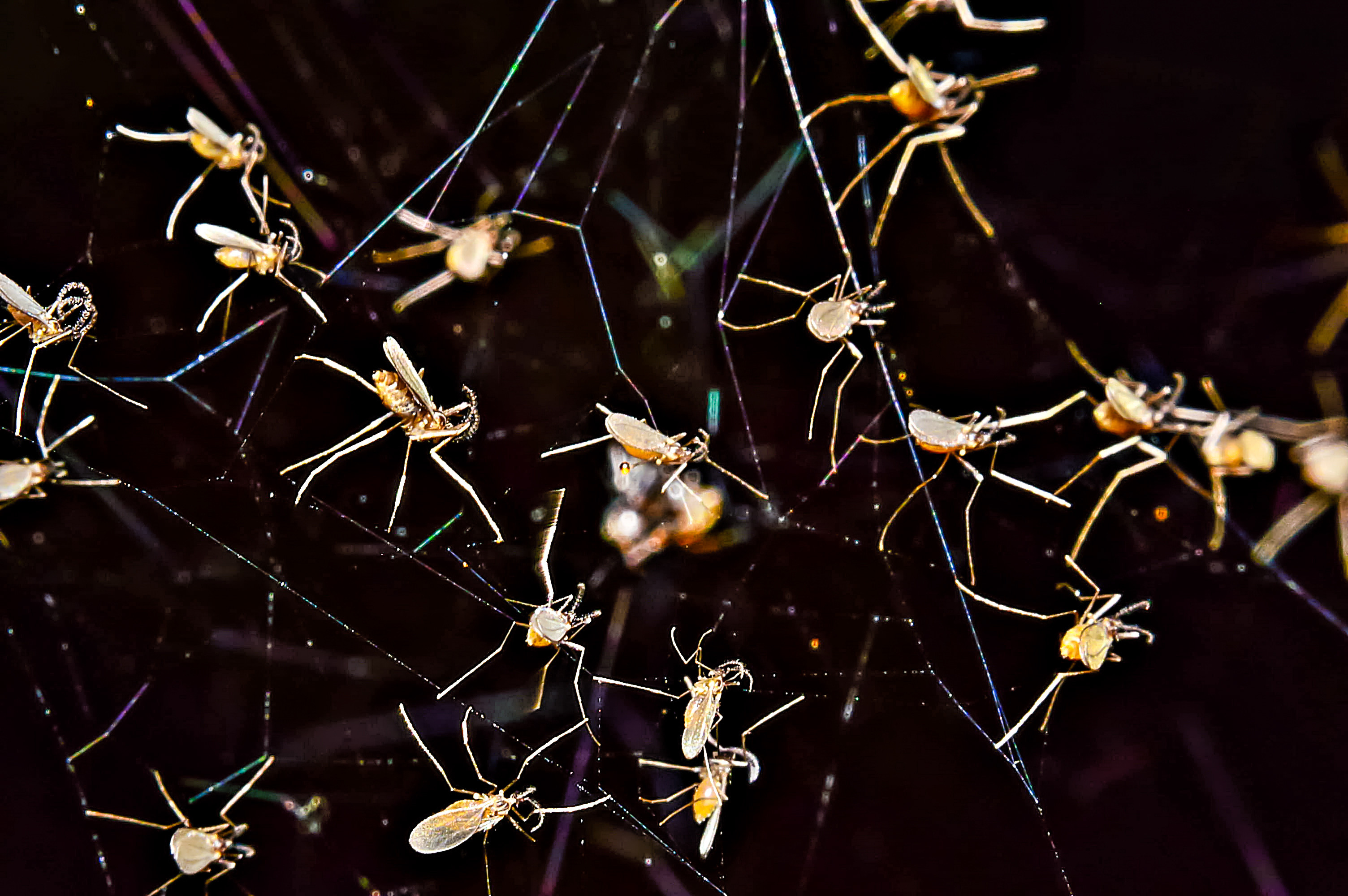ASTMH Annual Meeting 2025
blogWhere Are People Getting Infected with Chikungunya and How Does This Vary Between Communities?
By: Guido España

This blog was written by Guido España of the University of Notre Dame, an early-career attendee to TropMed18 and guest blogger
The spatial abundance – varying numbers at different locations -- of the Aedes albopictus mosquitoes could explain about half of the total spatial dispersion of chikungunya cases. In the “Chikungunya and Other Alphaviruses” session, Dr. Quirine ten Bosch presented her results from an outbreak investigation in Chapai, Bangladesh from 2011 to 2015. From the study group in Chapai, around 8% had been infected with chikungunya virus. This varied significantly from village to village from 0-74%. Her modeling results show that interconnectivity and distances between communities was important to determine the infection risk with chikungunya virus. However, the spatial variability in the transmission of chikungunya could not be fully explained by distance from the outbreak community. This motivated Dr. ten Bosch to look into how mosquitoes were spread out throughout the community – or the spatial distribution of the mosquito -- and its impact in the spatial patterns of chikungunya prevalence in the communities. In fact, 46% of the variance in the attack rate was explained by the mosquito distribution, showing that mosquito abundance was a critical factor for spatial patterns of chikungunya virus transmission.
It is great to see how useful mathematical modeling can be when it is combined with diverse types of data from outbreak investigations. This type of studies can provide important insights to inform surveillance and control of chikungunya virus and other mosquito-borne diseases.
Related Posts
By: Matthew Davis, Burness